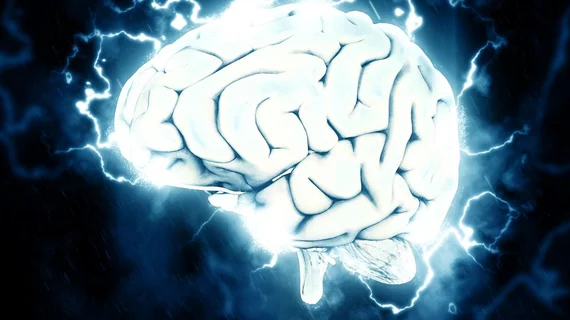Imaging helps researchers understand brain structure’s impact on language tasks
With the help of diffusion spectrum imaging, scientists from the University at Buffalo in New York are creating models to better understand how brain structure affects language-based performance tasks.
The proof-of-concept study was published online Oct. 17 in PLOS Computational Biology.
"We are creating these personalized brain network models to understand what the brain is doing, based on how connected different regions of a person's brain are to one another," said first author Kanika Bansal, with the University at Buffalo and the U.S. Army Research Laboratory, in a statement.
Bansal and colleagues used diffusion spectrum images from the brains of 10 participants to create data-driven mathematical models detailing the structural wiring within the brains. They set out to determine how easily a brain enters an active state when stimulated and which regions become synchronized when an area important to language is stimulated.
The team found relationships between the stimulation characteristics and how quickly participants could perform three language-demanding tasks: saying the first verb that popped into their head when shown a noun; determining a missing word in a sentence; and reading a large number.
“Our results show that task performance correlates with either local or global measures of functional activity, depending on the complexity of the task,” Bansal et al. wrote in the study. “By emphasizing differences in the underlying structural connectivity, our model serves as a powerful tool to assess individual differences in task performances, to dissociate the effect of targeted stimulation in tasks that differ in cognitive demand, and to pave the way for the development of personalized therapeutics.”

